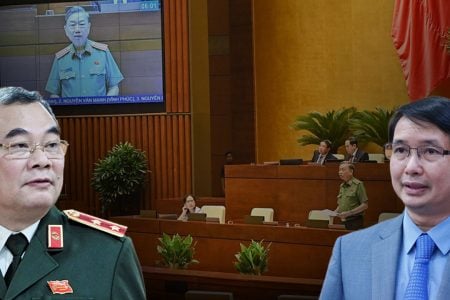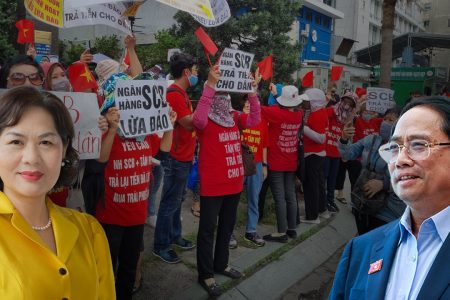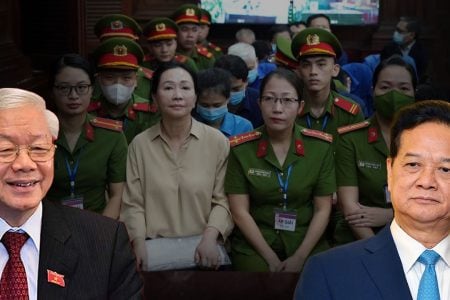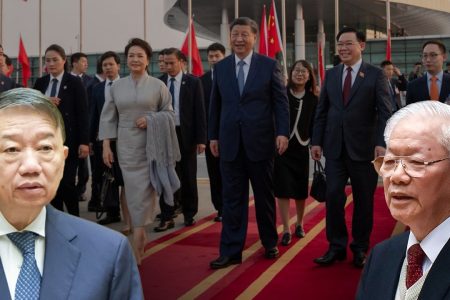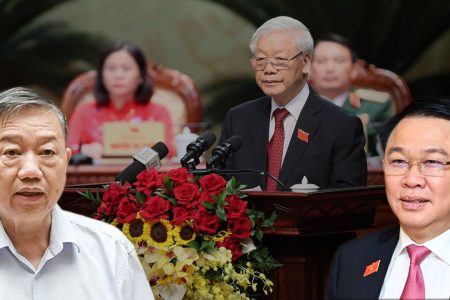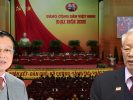
The World Bank recently released a report, which said that foreign direct investment (FDI) inflows into Vietnam decreased in April, but “generally remained stable” in the first 4 months this year.
In a report called “Vietnam Macroeconomic Update”, the World Bank said that Vietnam attracted $2.2 billion in FDI in April 2021, 53% lower than the previous month and a 42% decrease from the same period last year.
According to this financial institution, the drop “in part reflects the monthly fluctuations in the registration value of a number of individual large projects” and “in the first four months of the year, the amount of foreign direct investment almost equivalent to the same period in 2020.”
The General Statistics Office (GSO) at the end of last month commented on its website that “although it cannot avoid the impact of the COVID-19 pandemic, Vietnam is still considered a ‘good land’ to attract high-quality FDI after the pandemic.”
GSO said that “realized foreign direct investment in the first quarter of 2021 is estimated at $4.1 billion, up 6.5% over the same period last year.” “Among FDI partners in Vietnam, the top 5 FDI partners are mainly Asian countries such as South Korea, Japan, Singapore, and the presence of Western countries among the top FDI partners still quite low,” said the General Statistics Office.
GSO further commented that “after the COVID-19 pandemic, many large international corporations and enterprises are looking for investment opportunities to diversify their supply chains and limit their dependence on the Chinese market.”
In addition to mentioning FDI, a report released on May 17 by the World Bank said that inflation in Vietnam “accelerated in April 2021 as consumer demand recovers after the third wave of COVID-19 epidemic. controlled.”
According to the World Bank, the consumer price index (CPI) increased by 0.5% (compared to March), mainly due to higher prices of consumer goods, including food, beverages and tobacco, clothing, appliances, and household appliances.

The international financial institution said that “this reflects a recovery in household consumption following the third domestic outbreak of COVID-19,” which the World Bank says broke out in late January 2021.
According to the World Bank, the fourth COVID-19 outbreak, which began late last month, “has resulted in a sharp increase in community infections, forcing governments to close schools in many provinces and re-introduce medical precautions and travel restrictions.”
Domestic economic activities will be affected, especially sectors such as tourism, transport, and retail, depending on the severity of this outbreak and how quickly the government responds,” the World Bank wrote in the report. “If this outbreak has a strong impact, the government may need to consider boosting domestic demand by adopting a more accommodative fiscal policy, including measures to increase support for affected businesses and residents.”
The Asian Development Bank (ADB) last month announced that Vietnam’s economic growth “is forecast to recover to 6.7% this year despite the resurgence of the COVID-19 pandemic in neighboring countries, and increase to 7.0% in 2022.”
The “Asian Development Outlook 2021” report states that Vietnam’s economic growth will be driven by the export-oriented manufacturing and processing industry, increasing investment, and expanding trade.
However, this year and next year, there are still significant risks, including the return of new coronavirus variants and program delays, said ADB Country Director for Vietnam Andrew Jeffries. government vaccines.
Thoibao.de (Translated)






